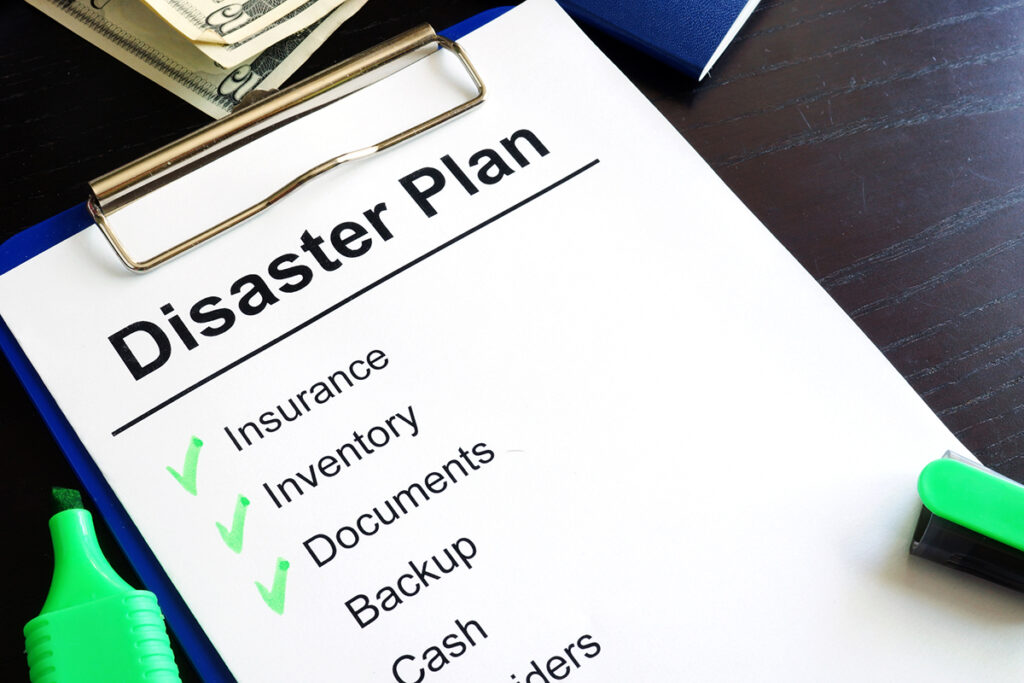Climate change is making natural disasters more extreme, from extending the duration of disaster seasons to increasing the intensity of fires, storms and floods. Indeed, the U.S. Geological Survey notes that with increasing global surface temperatures, the intensity of storms will likely increase. The agency also predicts coastal flooding to double in the coming decades.
Health and safety are first priorities after a disaster, but financial resilience is critical too. If you’re a homeowner — or a prospective homeowner — here’s how you can get prepared:
• Compile documents: Assemble important financial documents. Store paper copies of all files in a fireproof and waterproof box or safe, or in a bank safe deposit box. Consider making digital copies for easy accessibility. Store these in a password-protected format on a removable flash or external hard drive, in your fireproof and waterproof box or safe, in a bank safe deposit box, or with a secure cloud-based service.
• Understand your insurance coverage: Having adequate insurance will ensure protection in times of need. The extent of your coverage will depend on where you live and what types of disasters your location may be at risk for. Review your policy annually and make changes or additions as needed.
• Update documents: Regularly revisit and update documents, particularly if you have significant changes in your life, such as marriage, death or the birth of a child.
• Start saving: If you’re able, start saving today. Having an emergency budget allows you to react quickly if you’re affected by a disaster. Plus, households that have an emergency savings account tend to fare better overall.
• Go electronic: If you depend on regular benefits such as Social Security, consider switching to electronic benefits to protect yourself should mail service be disrupted during a disaster.
• Know the plans: Stay up-to-date with the emergency plans in your community, children’s schools and place of work. Make a communications plan for your own household and share it with all the members of your family.
• Seek disaster relief: If your home has been impacted by a natural disaster, contact your loan servicer right away. Your loan servicer may be able to extend a full range of relief options, including: suspending foreclosures by providing forbearance on your mortgage payments for up to 12 months, waiving assessments of penalties or late fees, and not reporting delinquencies to the nation’s credit bureaus. About one month before the end of your forbearance period, contact your mortgage company to determine the most appropriate option for re-establishing your mortgage payments.
• Become a savvy homeowner: Familiarize yourself with how to prepare your home for natural disasters and extreme weather, as well as where to find resources to help recover if disaster strikes. Freddie Mac’s My Home website has a comprehensive suite of tools and resources about homeownership, including details on support options if you are struggling to make your mortgage payments, at myhome.freddiemac.com/getting-help.
Natural disasters can strike at any time and with little warning. However, proper preparation can help you weather the storm. (StatePoint)
Published on 2021-08-03 13:44:42


